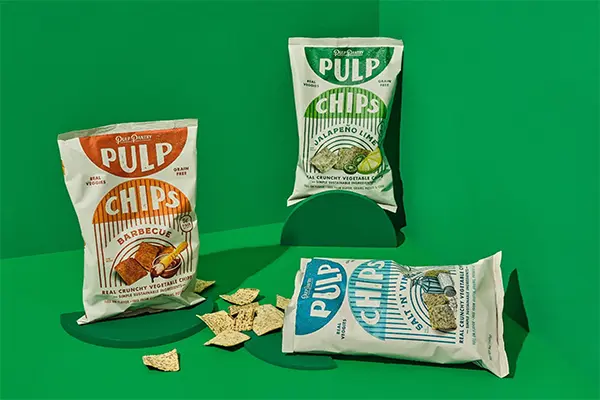Eco-Friendly Food Packaging: A Sustainable Choice for a Healthier Planet
In today’s environmentally conscious world, the impact of packaging on our planet is a growing concern. The food industry, in particular, generates a significant amount of waste, with traditional packaging materials like plastic, glass, and aluminum contributing to landfills and environmental degradation. As a result, the demand for eco-friendly food packaging solutions is on the rise.
Embracing Sustainable Materials
Eco-friendly food packaging is characterized by the use of materials that are derived from renewable sources, are biodegradable or compostable, and have a minimal environmental footprint. Some of the most common eco-friendly food packaging materials include:
-
Paper and cardboard: Paper and cardboard are renewable resources and can be recycled or composted. They are also versatile materials that can be molded into various shapes and sizes to suit different food products.
-
PLA (polylactic acid): PLA is a bioplastic made from renewable plant sources, such as corn starch or sugarcane. It is biodegradable and compostable, offering a sustainable alternative to traditional plastic packaging.
-
Bagasse: Bagasse, a byproduct of sugar cane processing, is a sustainable and compostable material that can be used to make food containers and trays.
Considering Flexible Packaging Options
Flexible packaging, such as pouches, bags, and films, offers several advantages over rigid packaging:
-
Reduced material usage: Flexible packaging uses less material than rigid packaging, minimizing resource consumption and waste generation.
-
Lightweight and efficient transportation: Flexible packaging is lighter and more compact, reducing transportation emissions and fuel consumption.
-
Extended shelf life: Flexible packaging can incorporate barrier technologies to extend the shelf life of food products, reducing food waste.


Implementing Eco-Friendly Practices
Beyond material selection, businesses can implement eco-friendly practices throughout the packaging lifecycle to further minimize their environmental impact:
-
Source locally: Sourcing packaging materials from local suppliers reduces transportation emissions and supports the local economy.
-
Reduce printing: Minimize printing on packaging to conserve ink and reduce waste.
-
Promote recycling and composting: Educate consumers about proper disposal of eco-friendly packaging to maximize its sustainability benefits.
Making Sustainable Choices for a Healthier Future
The shift towards eco-friendly food packaging is a crucial step in reducing the environmental impact of our food choices. By embracing sustainable materials, adopting flexible packaging solutions, and implementing eco-friendly practices, businesses can play a significant role in promoting a healthier planet and a more sustainable future for all.
Post time: 11-21-2023

